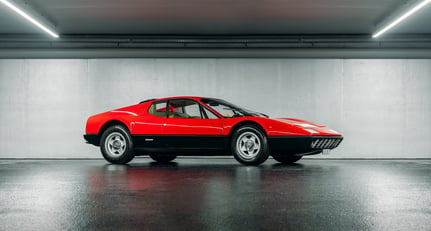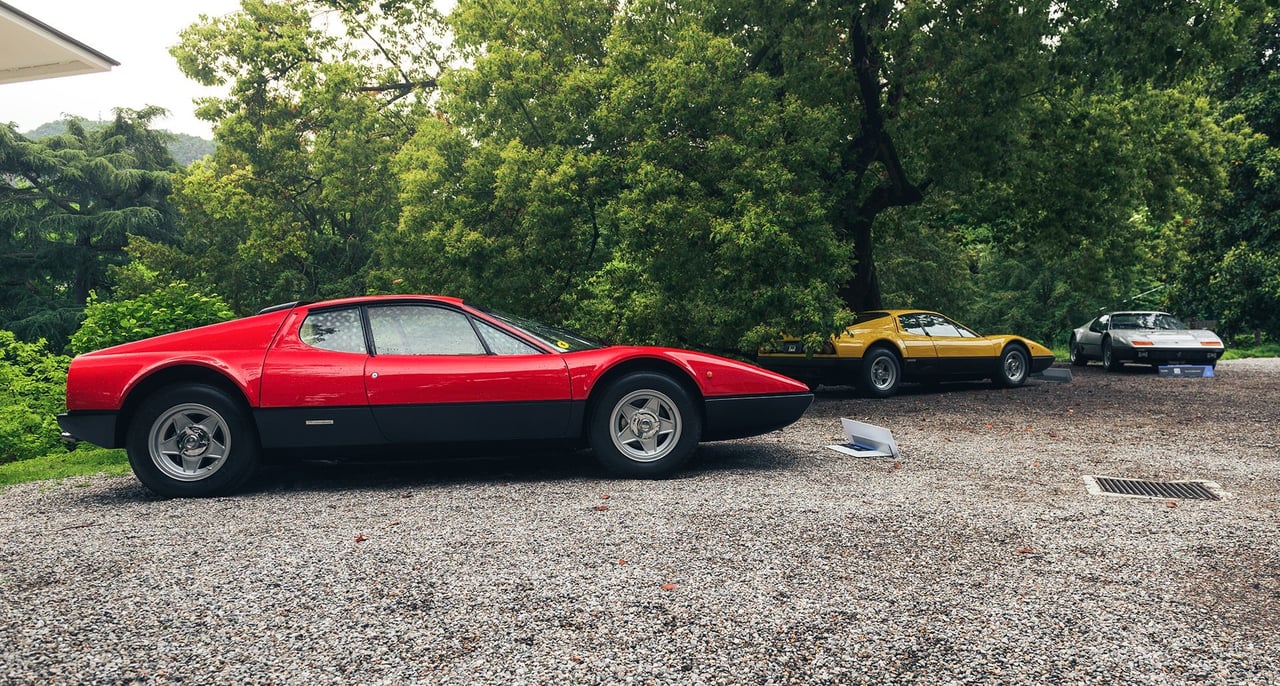
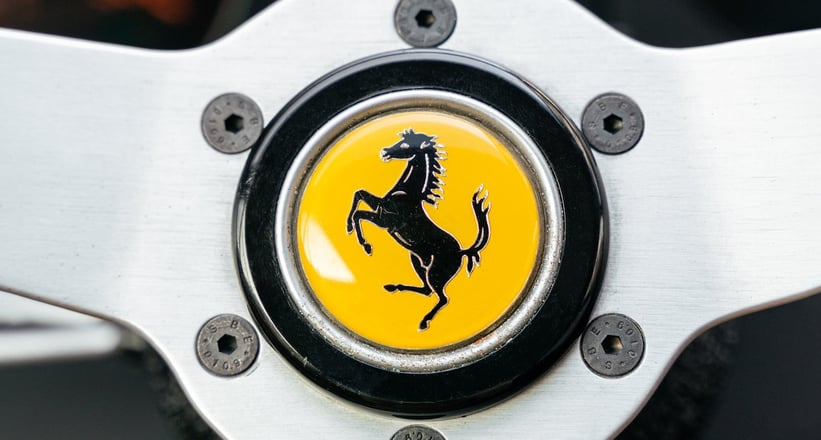

Who would have thought anyone could tell Pininfarina CEO Paolo Pinifarina something about Pinifarina that he didn’t already know? Well, it turns out he didn’t know that a definitive book on the Pininfarina-designed Ferrari BB cars was launched at the FuoriConcorso Aero in May – and when I told him during a rare audience at the design firm’s Cambiano HQ this week, he seemed more than a little interested. “To me, there are three key cars in the history of Pininfarina – the Lancia B24, of which I would not change one millimetre; the Battista, which I believe will be seen as an icon in 40 years time; and the BB, which has remained timeless and was, in a way, the Battista of 50 years ago.” An advanced BB prototype is among the carefully curated line-up of 40 landmark cars belonging to the Pininfarina collection (the boss doesn’t like it to be called a ‘museum’) and marked the start of a production run of 929 Ferrari 365 GT4 BB cars in 1973, with the subsequent, larger-engined BB512 and BB 512i (fuel injection) bringing the total to 2,323, until production ceased in 1984.

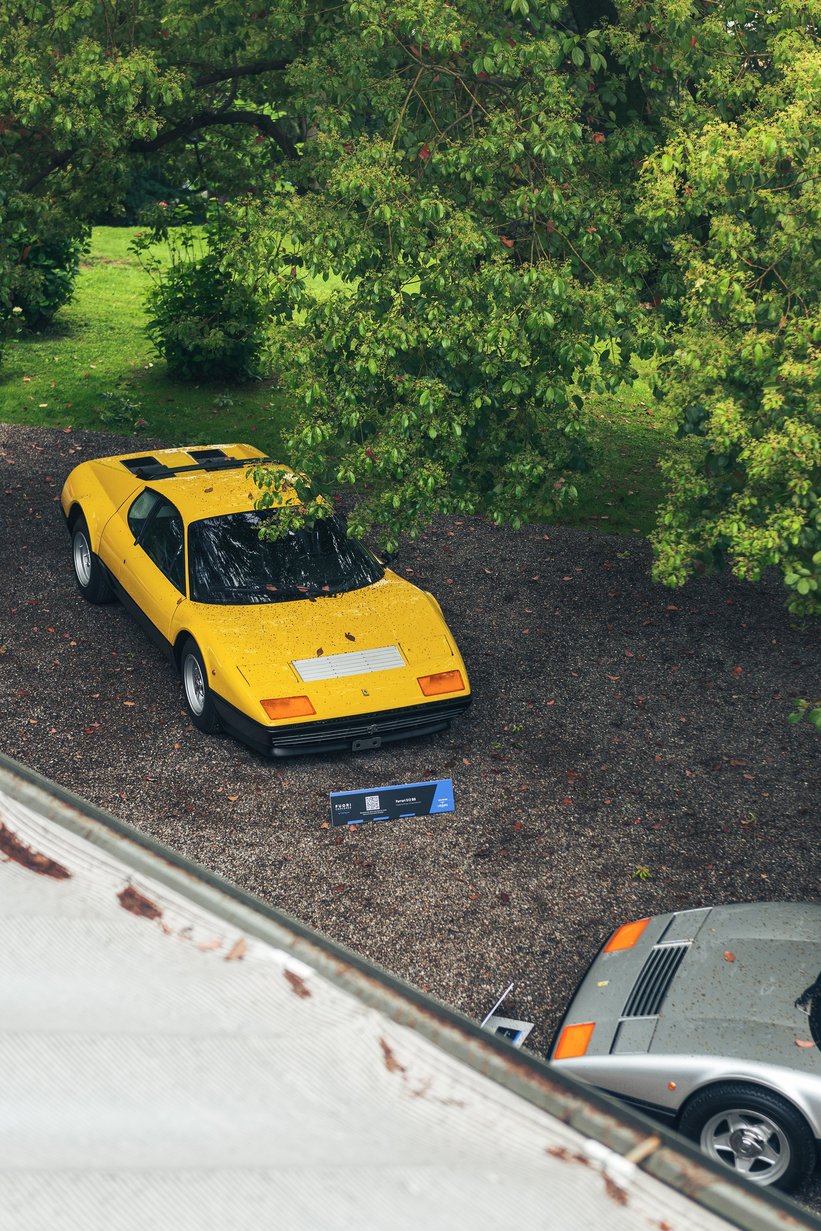
In May, the 50th anniversary of Ferrari's game-changing Berlinetta Boxers was celebrated at FuoriConcorso Aero on the shores of Lake Como with a line-up of six exceptional road and race cars – two 365 GT4 BBs, one painted in the eclectic shade of Verde Germoglio and one in light red that once belonged to Niki Lauda, as well as a yellow 512 BB, a silver 512 BBi from the Agnelli family and two mind-bending competition cars, a yellow 512 BB Competizione and the even more dramatic 512 BB LM. At the event, the FuoriConcorso team launched a new book called ‘Berlinetta Boxer – The Legend’ that is undoubtedly set to become the seminal reference tome in respect of these spectacular cars. Especially as until relatively recently, the mid-engined sportscars had remained surprisingly overlooked in terms of their importance to Ferrari's history – and, in particular, in relation to its predecessor, the 275GTB and Ferrari’s 12-cylinder nemesis, the Lamborghini Miura. The book ‘Berlinetta Boxer – The Legend’ is now available in the CD Shop.
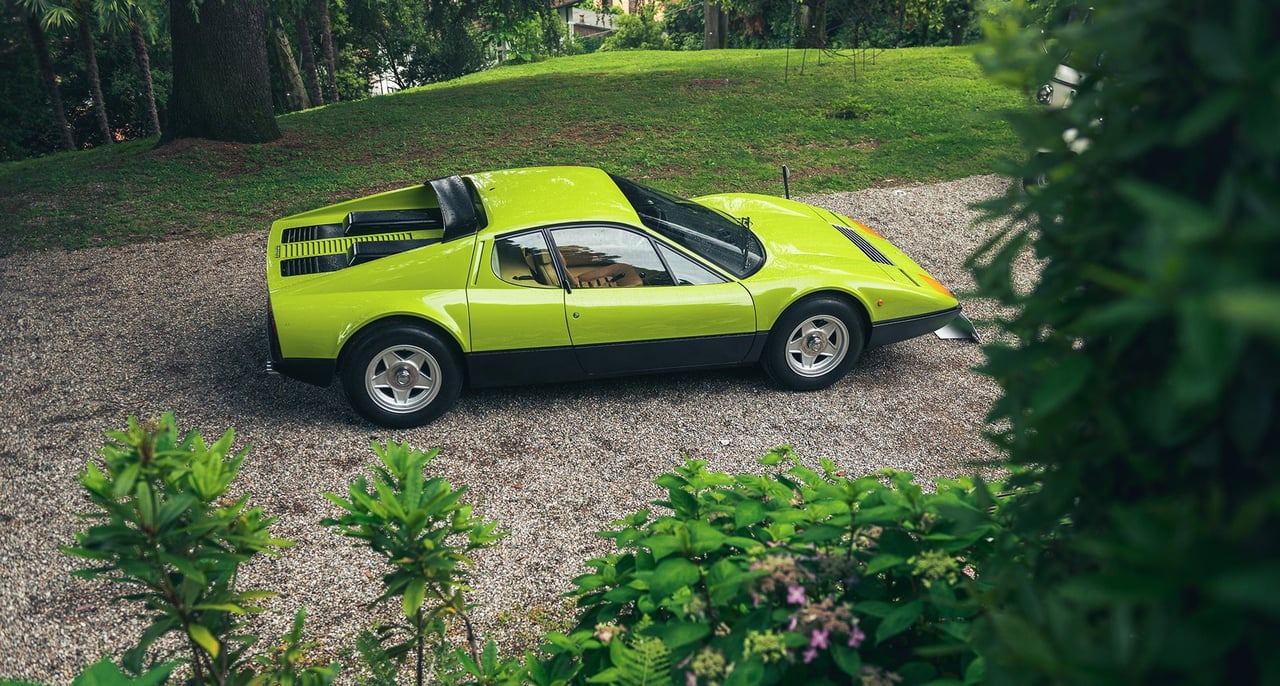
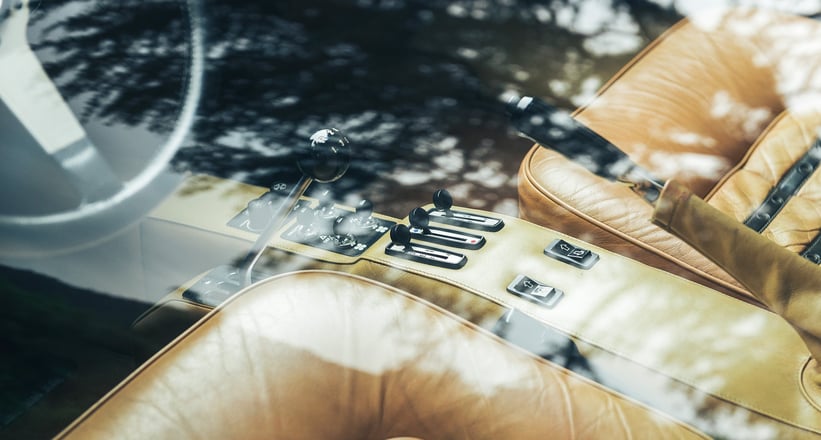
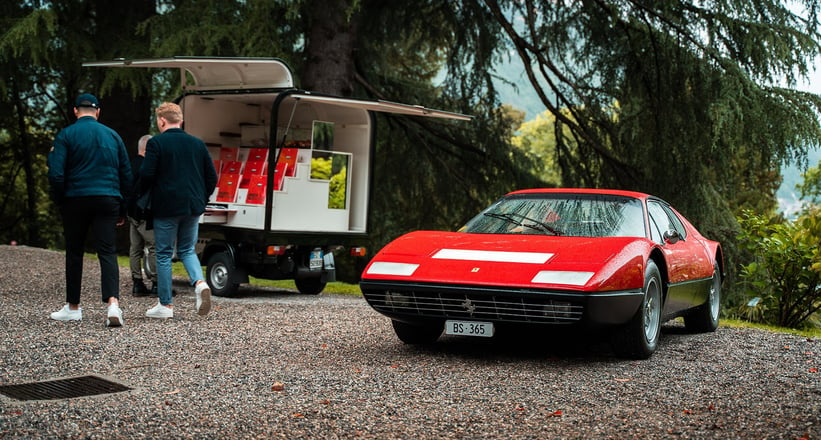
Author Daniele Buzzonetti has taken advantage of the book’s 250-plus pages to leave no stone unturned about the design, development, production life and multi-coloured history of the BB. He explores everything from why Enzo Ferrari sanctioned the car in the first place to the evaluation of prototypes; the passion of the stars and ‘ordinary’ people who owned road-going BBs, and the arrival of the dramatic racing versions, the first being production models modified by Luigi Chinetti’s NART, with Ferrari’s own, purpose-built Le Mans contenders following.

Buzzonetti also explains the nuances between the variations of the BB, reveals the many varieties of trim and paint that buyers could choose from and unearths original documents, brochures and data sheets that will no doubt serve as vital reference guides for restorers and buyers for years to come. And the thoroughness of his work is endorsed by the fact that some of the key characters in the BB’s history have contributed to the book and shared their memories.
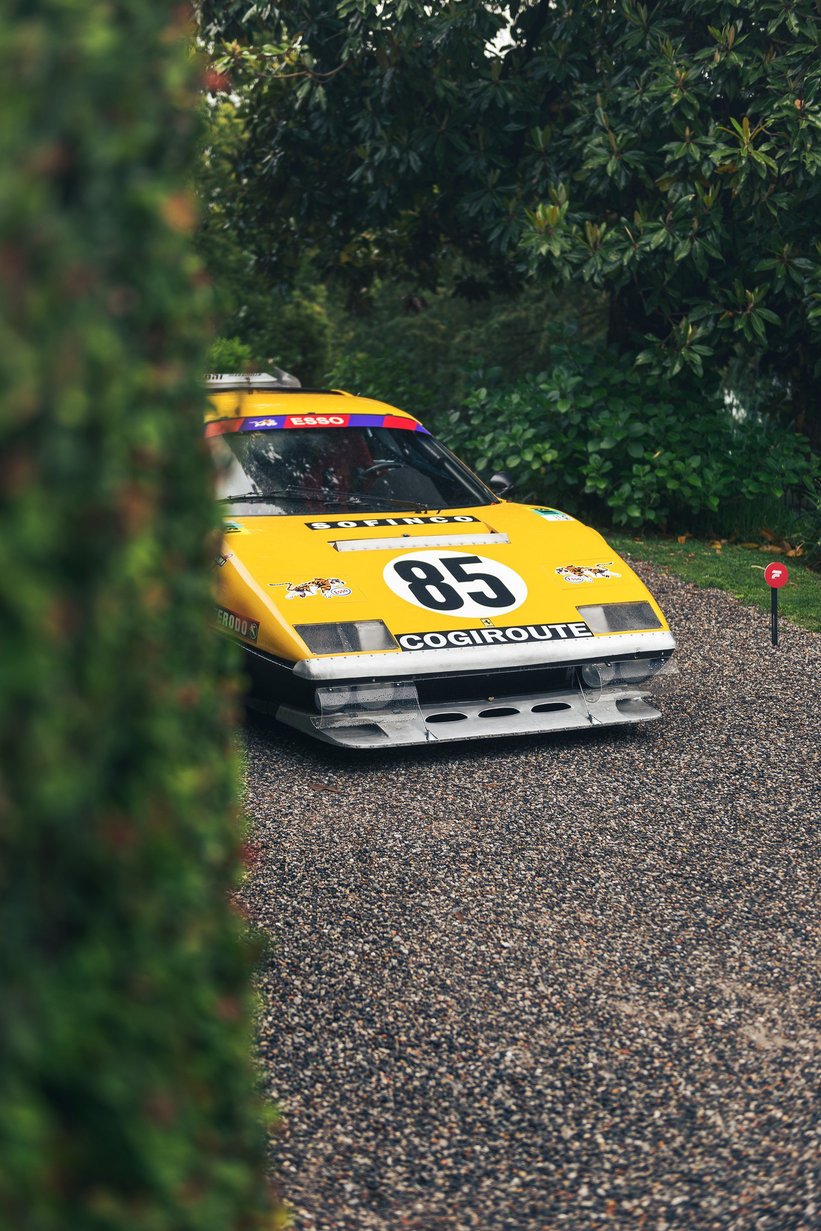
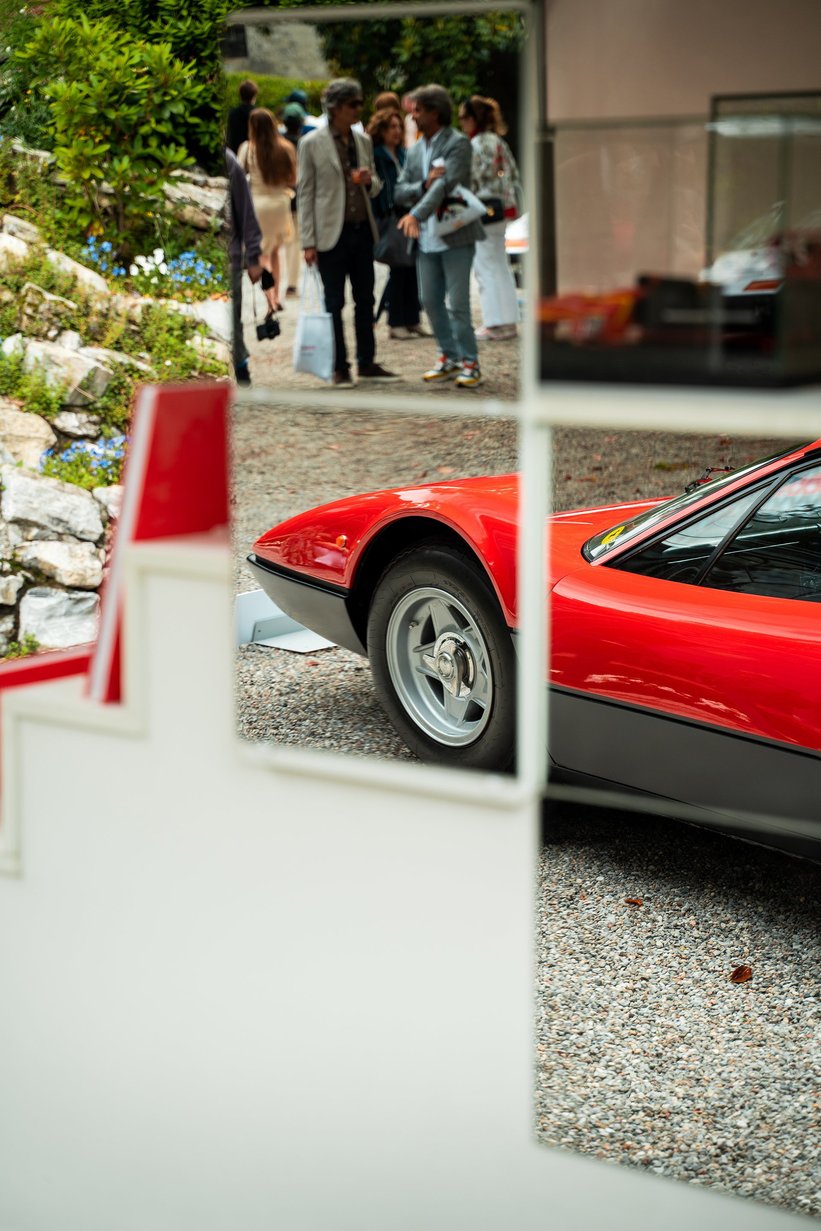
“You ‘drove’ the BB a lot with the engine, very smooth and ready to rev up from the lowest revs, a typical V12 tendency, accentuated in that new unit with its 180° cylinders", says Piero Ferrari, son of Enzo Ferrari. “Rather, the sensation of lightness and precision transmitted by the steering wheel was surprising, especially in comparison with the previous front-engined berlinettas. “

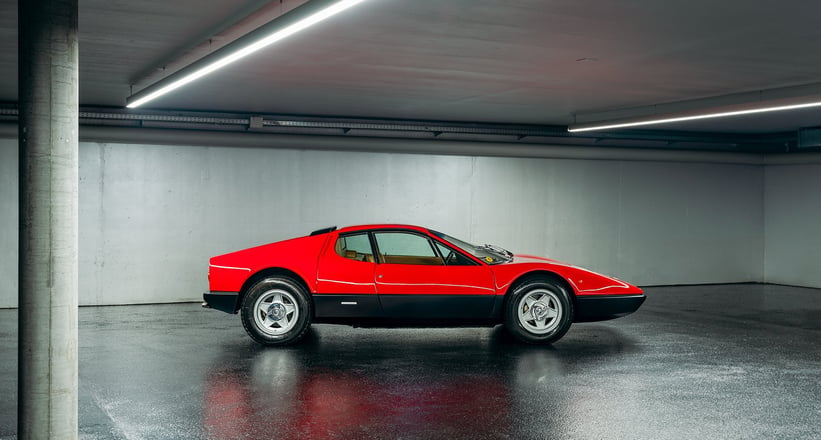

Meanwhile the Swiss Ferrari dealer and restorer Niki Hasler remembers: “My father had just been appointed official Ferrari dealer in 1982 when he came home with a brand-new 512BBi. At that moment, enhanced by boyish curiosity, my fascination for this incredible Ferrari was enormous and has never diminished. To this day I exactly remember the smell of this new Ferrari, of the hot engine, of the fragrant Connolly interior”.
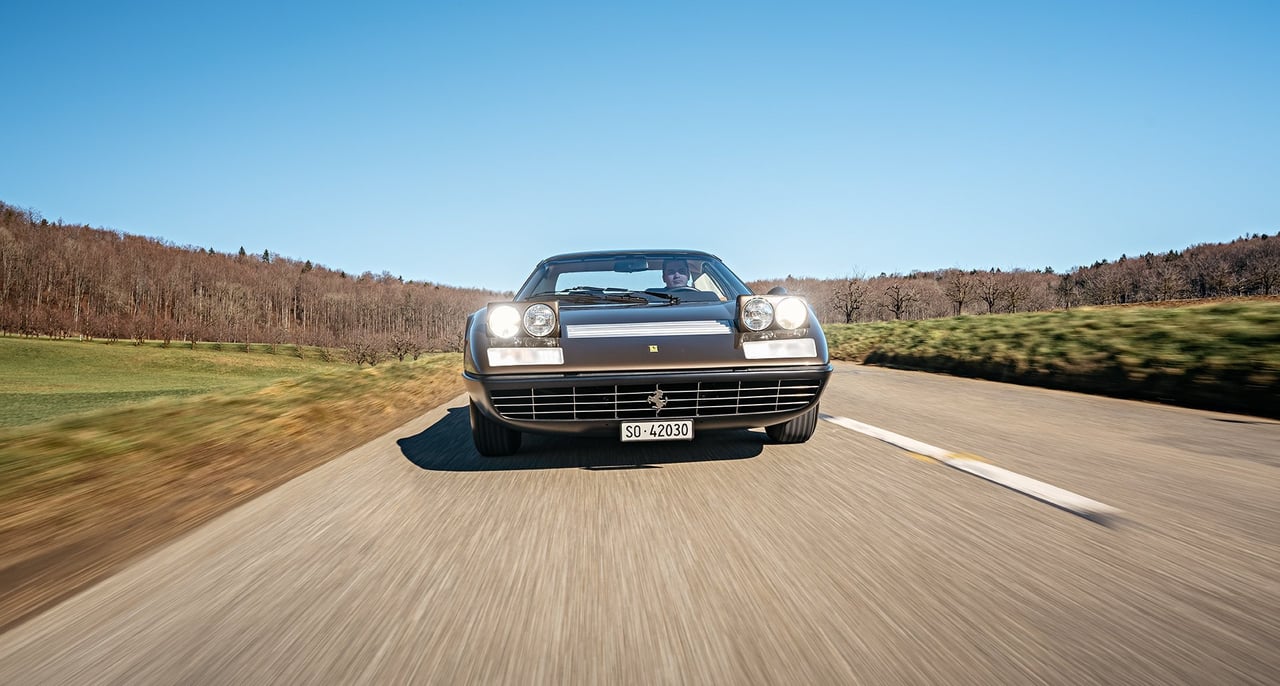
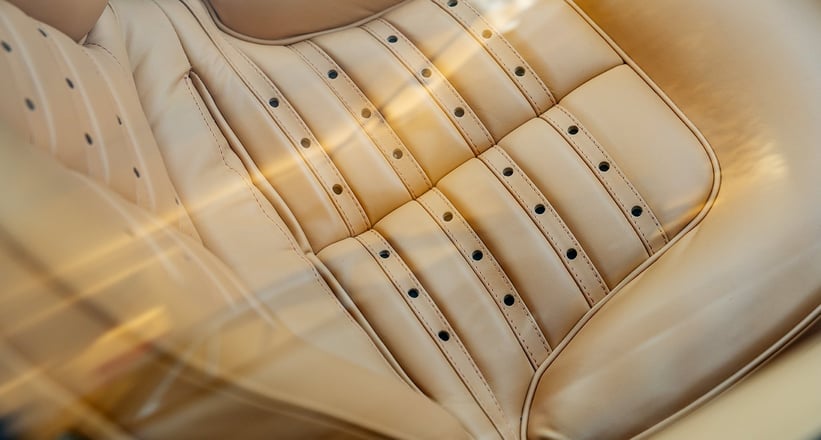
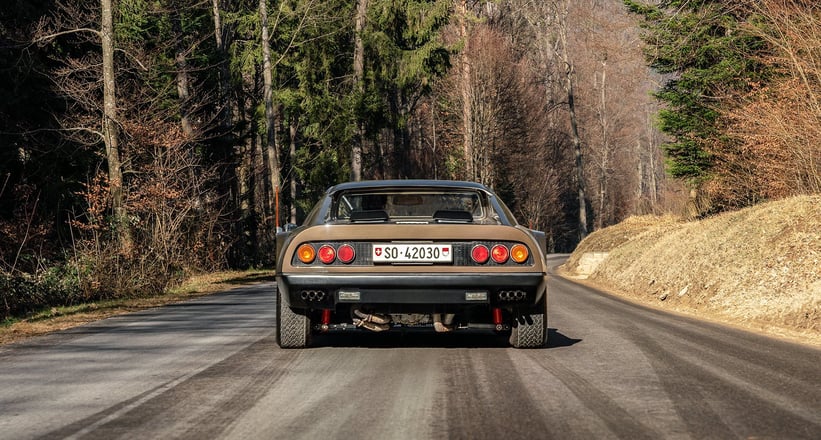
Leonardo Fioravanti was the designer, engineer and former deputy general manager of Ferrari. “In the autumn of 1973", the legendary designer recalls, "I was asked to take the BB that Sergio Pininfarina had purchased for personal use to Turin. It was an unforgettable journey. With an almost deserted road ahead of me I noticed the speedometer close to 300 km/h…”
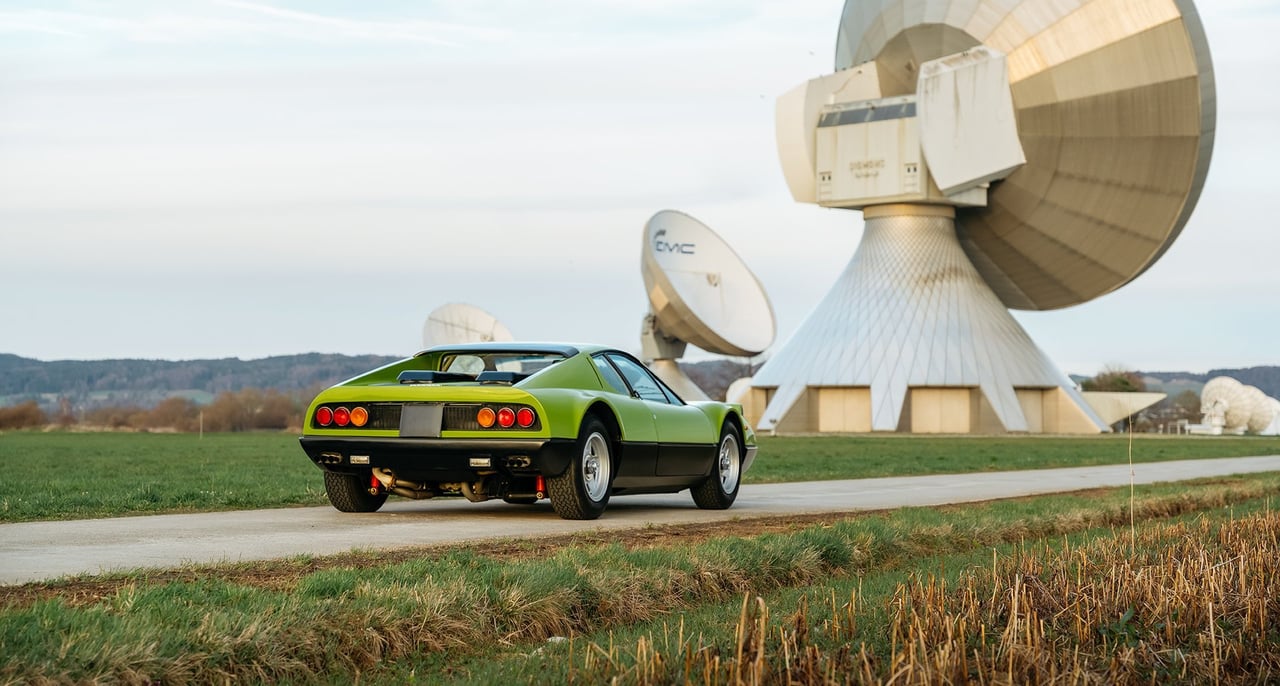
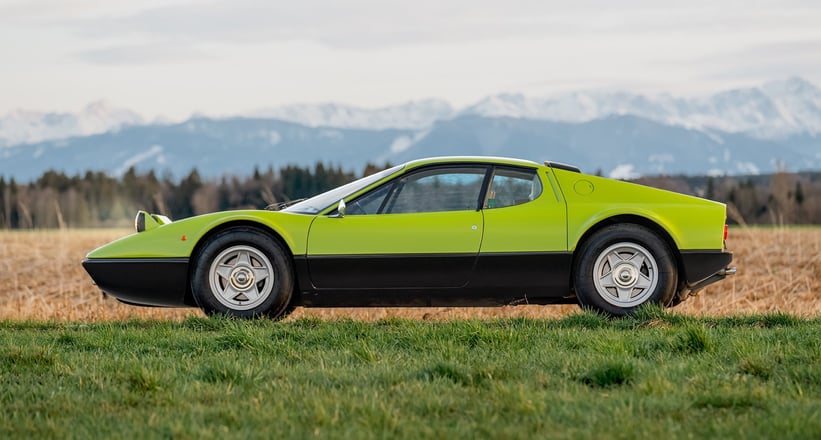
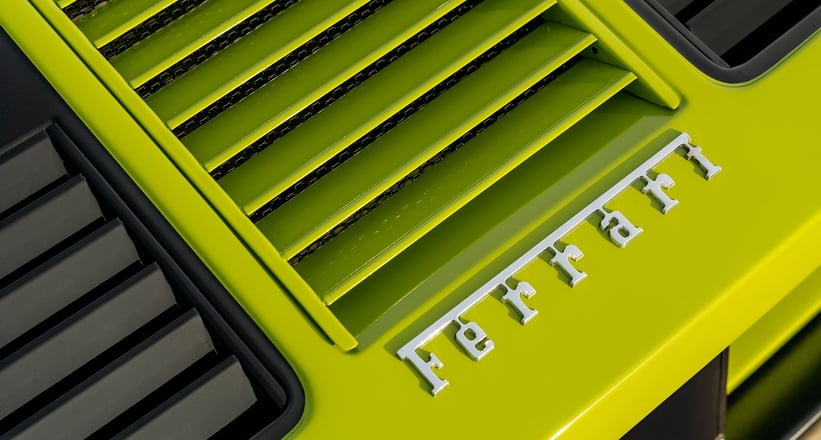
Racing driver Arturo Merzario was the Ferrari BB's test and development driver. In the book he is looking back at that exciting chapter: “I’d say the element that was the most worrying was that it was excessively hard to find the gears, which sometimes didn’t enter at all. I also talked about this with Enzo Ferrari, who sometimes asked me for information on the development of the new model. With the Boss I never concealed anything.”

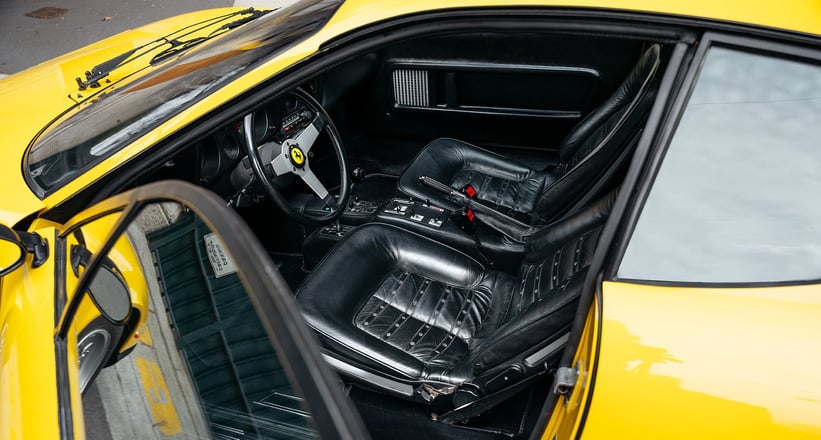
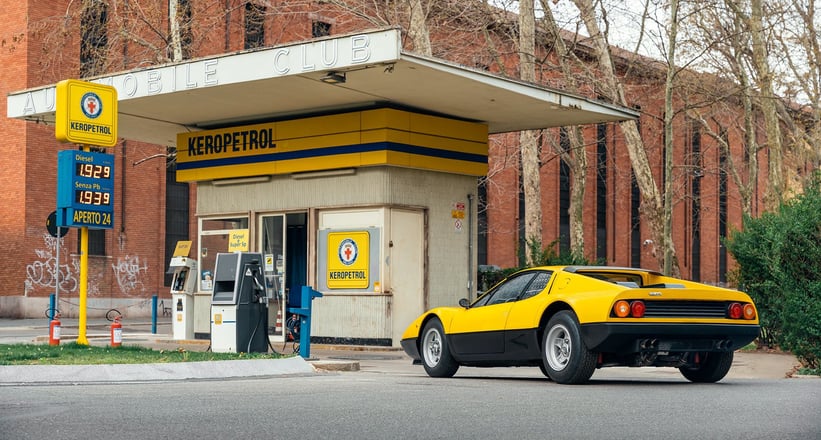
Carlo Tazzioli, former Ferrari commercial director, has equally entertaining memories: “One late autumn afternoon, Madame Coty, who had ordered a light blue BB, showed up. She was the heiress of the French perfumer Francois Coty, and I would never have expected to deliver a car of that temperament to a lady who was certainly over seventy years of age.”
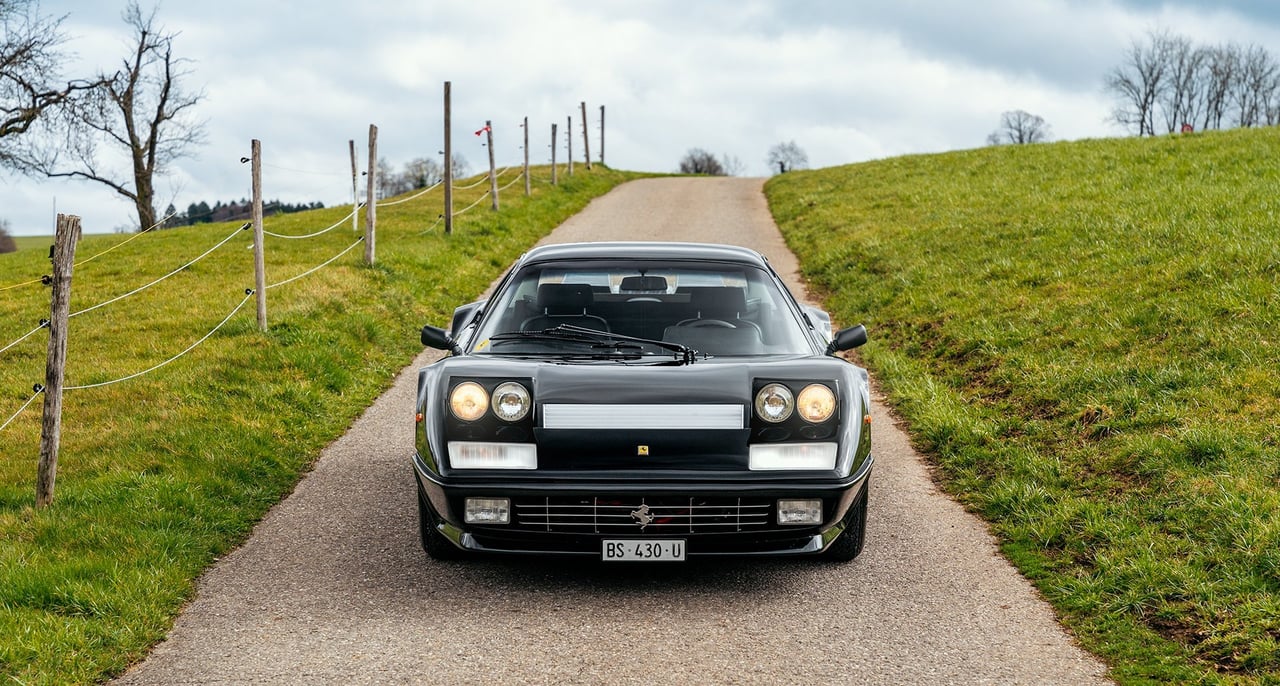
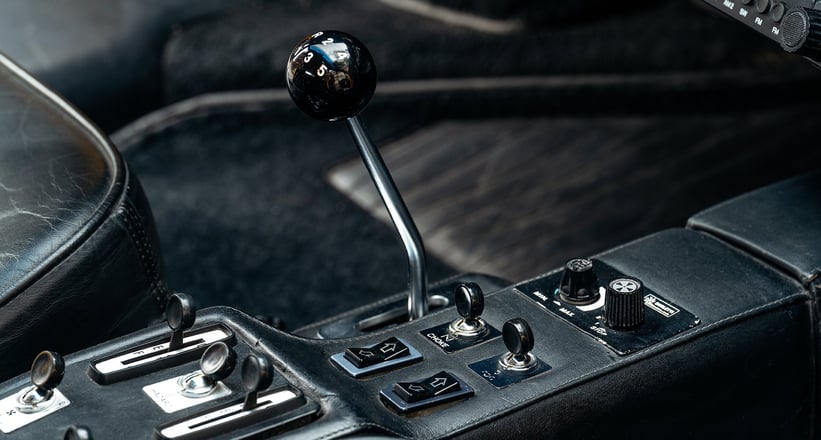
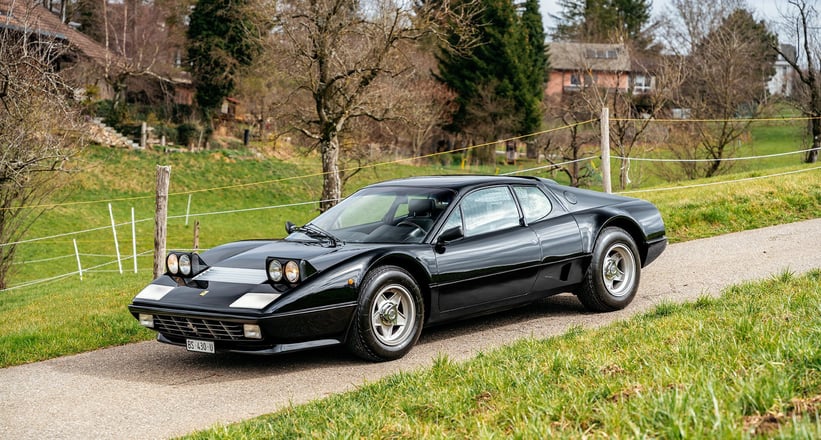
But, wonderful anecdotes aside, what is the story of the BB? Essentially, it all began with Enzo Ferrari’s characteristic stubbornness and, in this particular case, his refusal to follow the crowd (small as it was) in manufacturing a full-sized, mid-engined supercar. True, he had dipped a toe in the water with the V6 Dino of ‘68, but it was hardly a threat to the V8 De Tomasos or, far more importantly, the existing Miura and its even more spectacular replacement, the Countach. But not long after the prototype of the latter had been revealed, Ferrari pulled the wraps off a concept of his own at the the 1971 Turin Show: the aforementioned, Pinifarina-styled, pre-production BB.
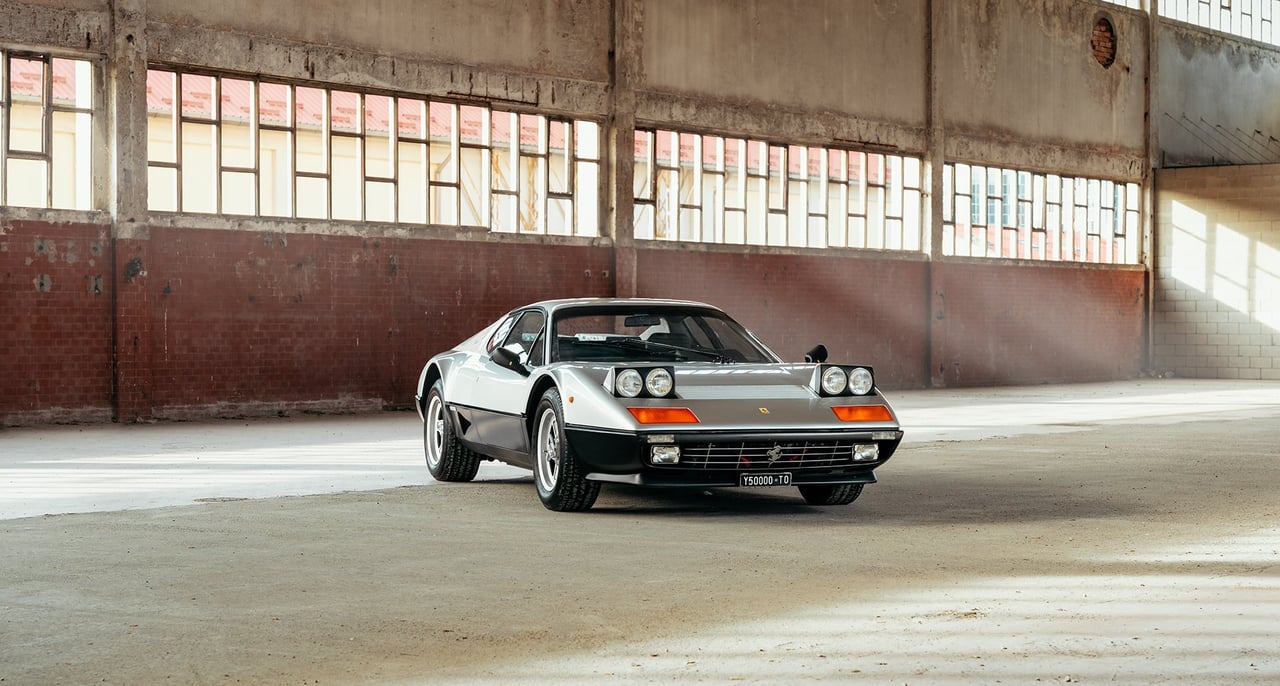
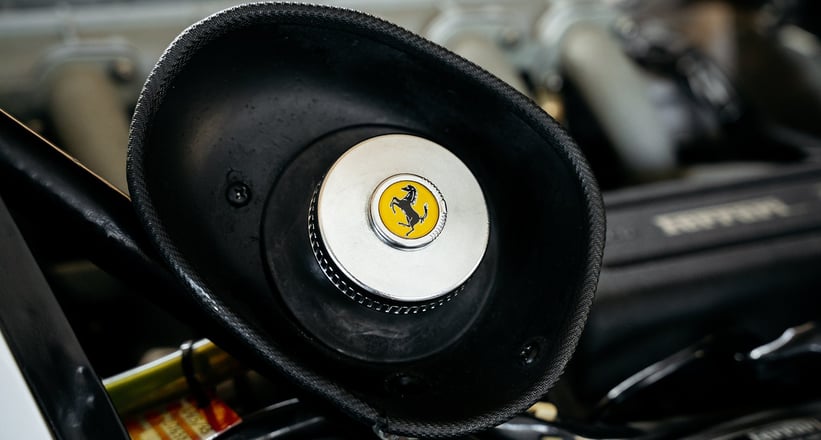

The evocative initials stood for ‘berlinetta’ (Ferrari-speak for a closed car) and ‘boxer’ for the flat-12 engine, or, as some prefer to call it, a 180-degree V. What really mattered, however, was the fact that it was bolted-in behind the driver and that Ferrari had devised its own way of dealing with the problems that Lamborghini had already been faced with.

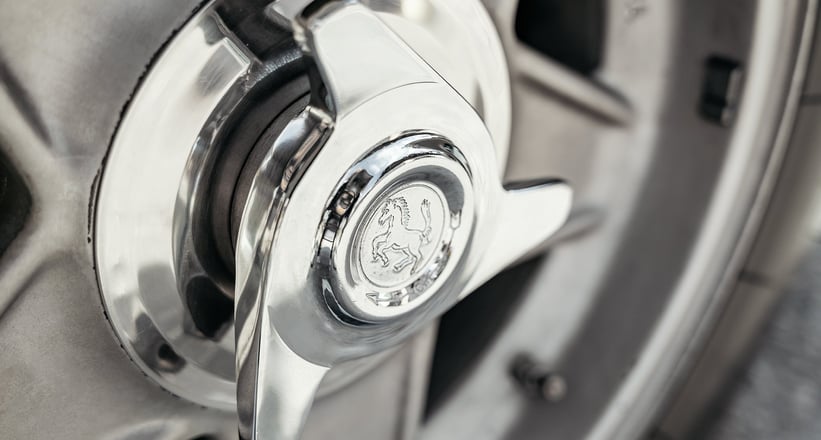
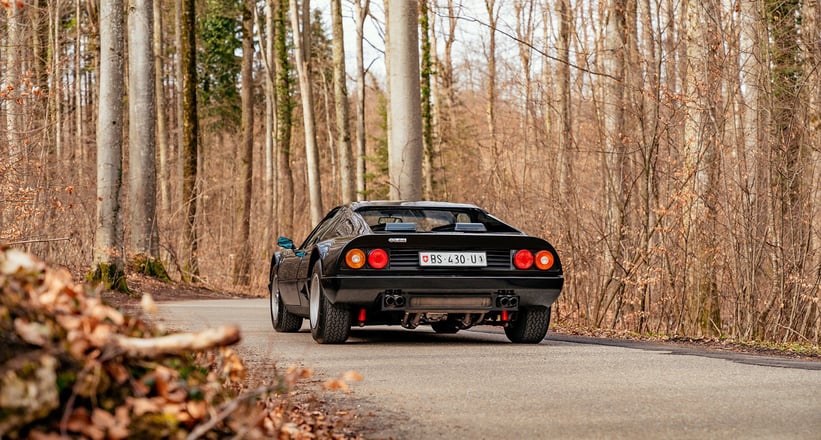
Instead of mounting the engine transversely (as in the Miura), the BB’s engine went longitudinally ahead of the axle, with the gearbox beneath the crankshaft and the final drive behind that. The radiator and other heavy ancillaries were moved up front, which reduced the likelihood of the Miura’s cooling problems being an issue and also made for relatively even weight distribution.
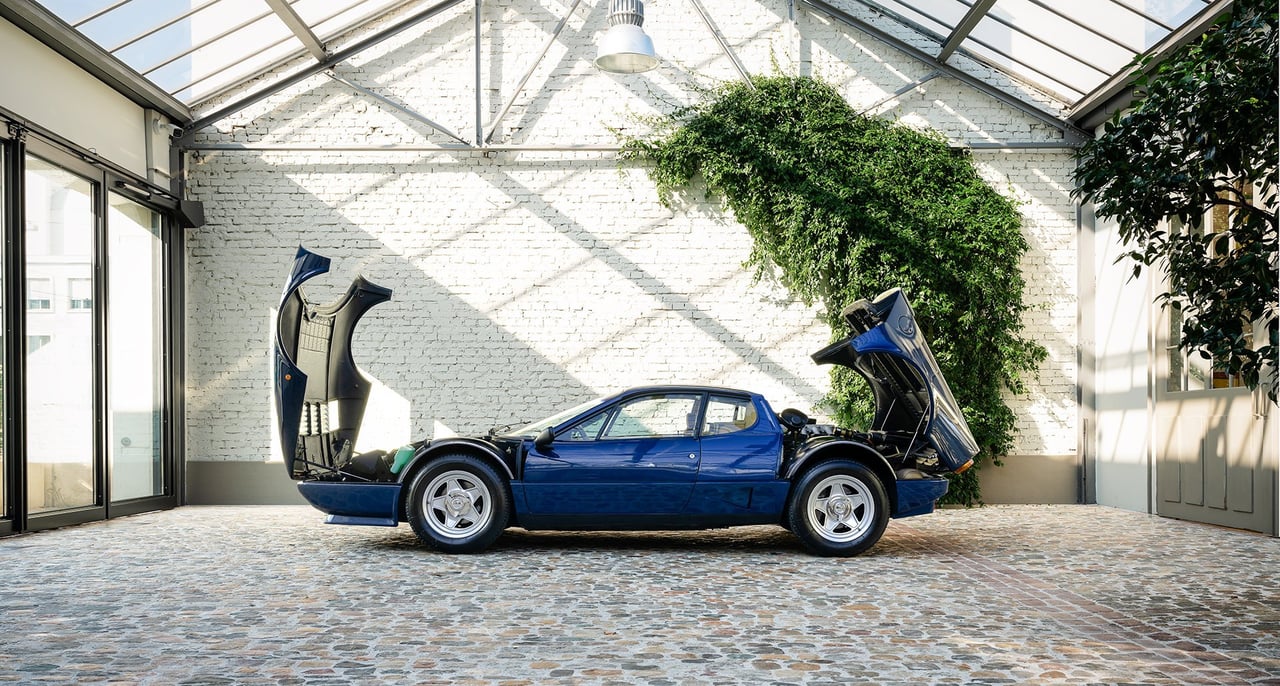
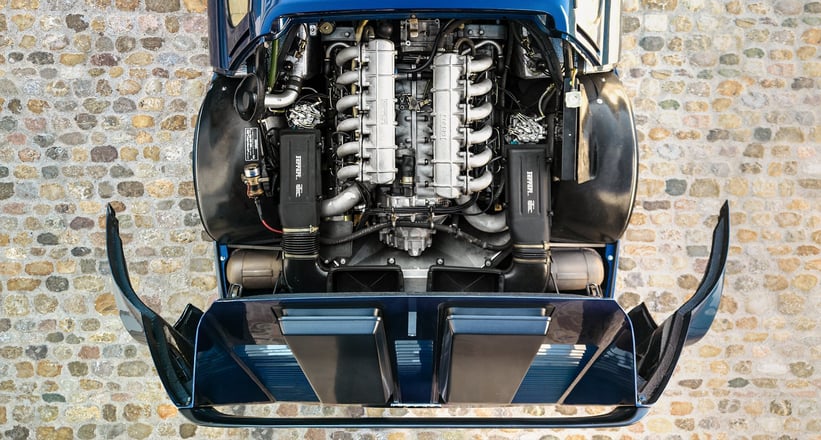
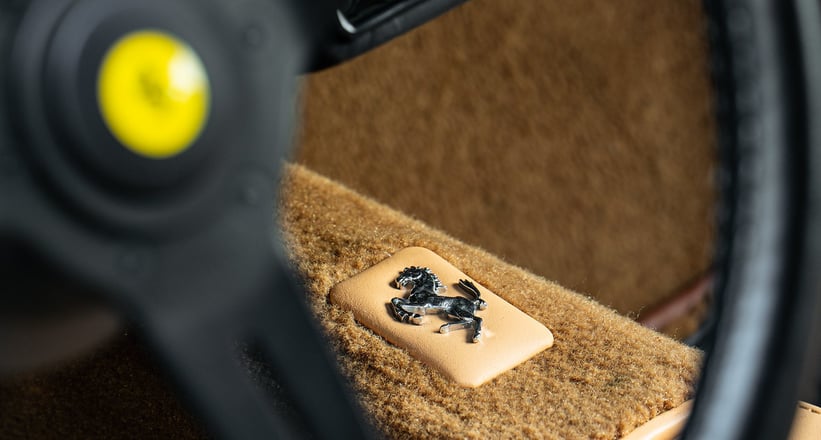
The production car was officially launched at the 1973 Paris show, attracting mixed reviews – some loved its looks, performance and unique styling; others expected it to perform far better than the outgoing Daytona (which it didn’t) and feared the way its mid-engined layout could lead it to ‘bite back’ in the hands of less expert drivers. Fewer than 400 cars sold between launch and 1976 (a period of economic gloom and oil shortages), but the BB proved sufficiently profitable for Ferrari to introduce the larger-engined 512 (five-litres, 12 cylinders), which featured dry sump lubrication and a better clutch for greater reliability.
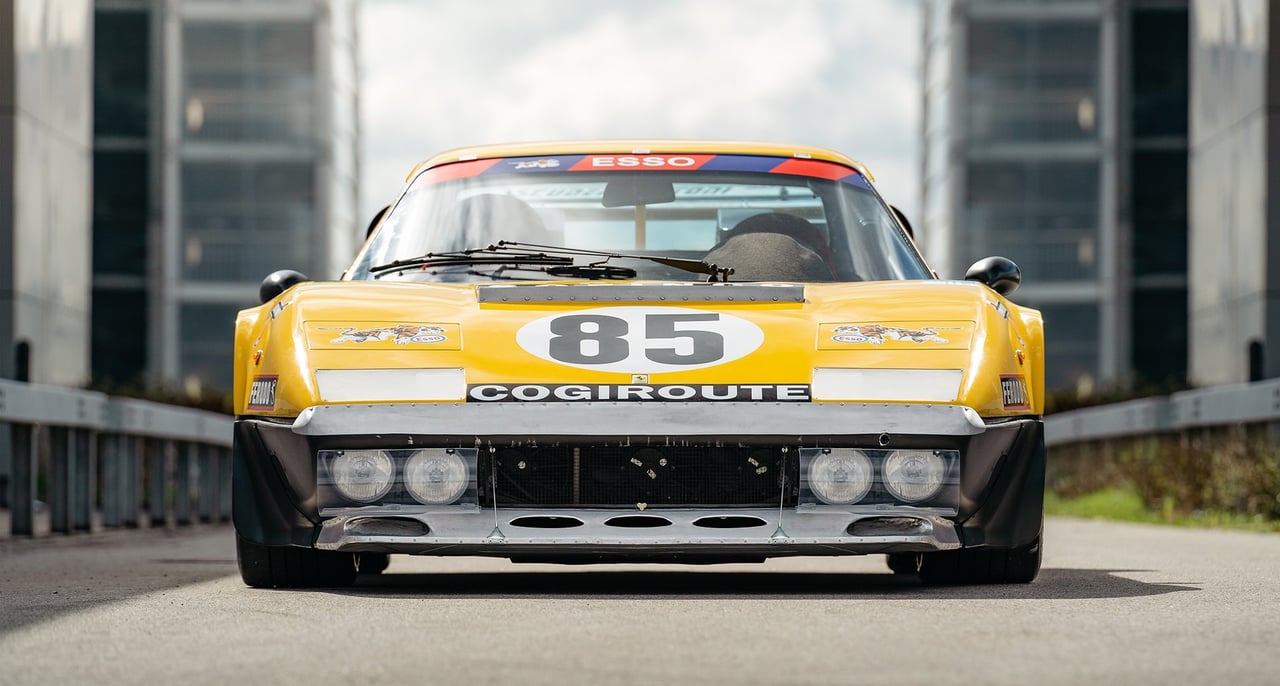

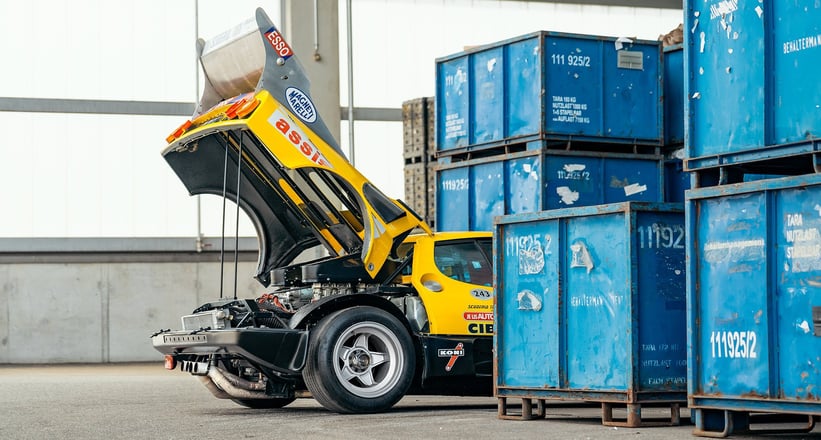
The slightly greater power output dramatically improved the car’s cruising comfort and refinement while, in 1981, emissions regulations forced a further upgrade from the six carburettors to Bosch fuel injection. That kept the BB viable in Europe for another three years – but it still wasn’t clean enough for the vital American market, and the car’s minimal crash protection was also set to render it obsolete. And, just as he had tried to ignore the threat posed by the Miura’s mid-engined V12 more than a decade earlier, so ‘Il Commendatore’ tried to ignore the fact that continuing to build the BB meant no more money from the U.S.
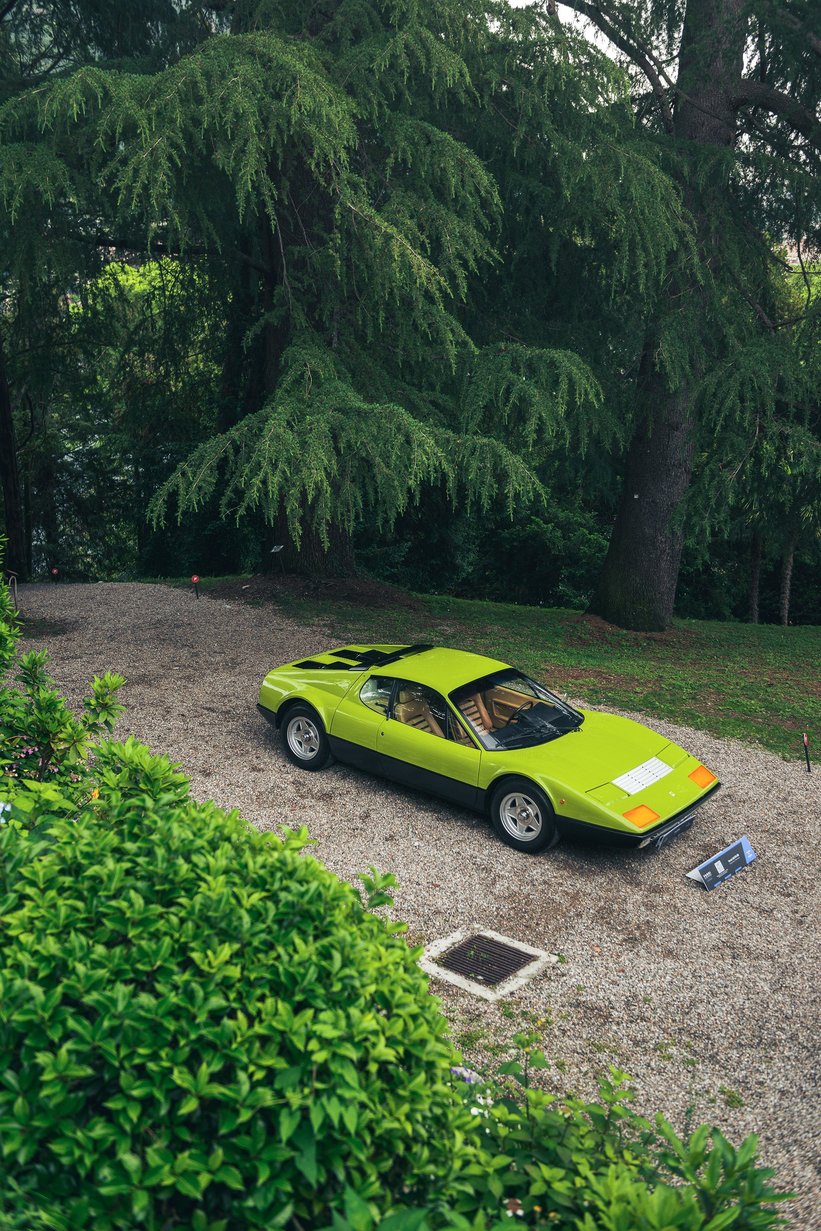
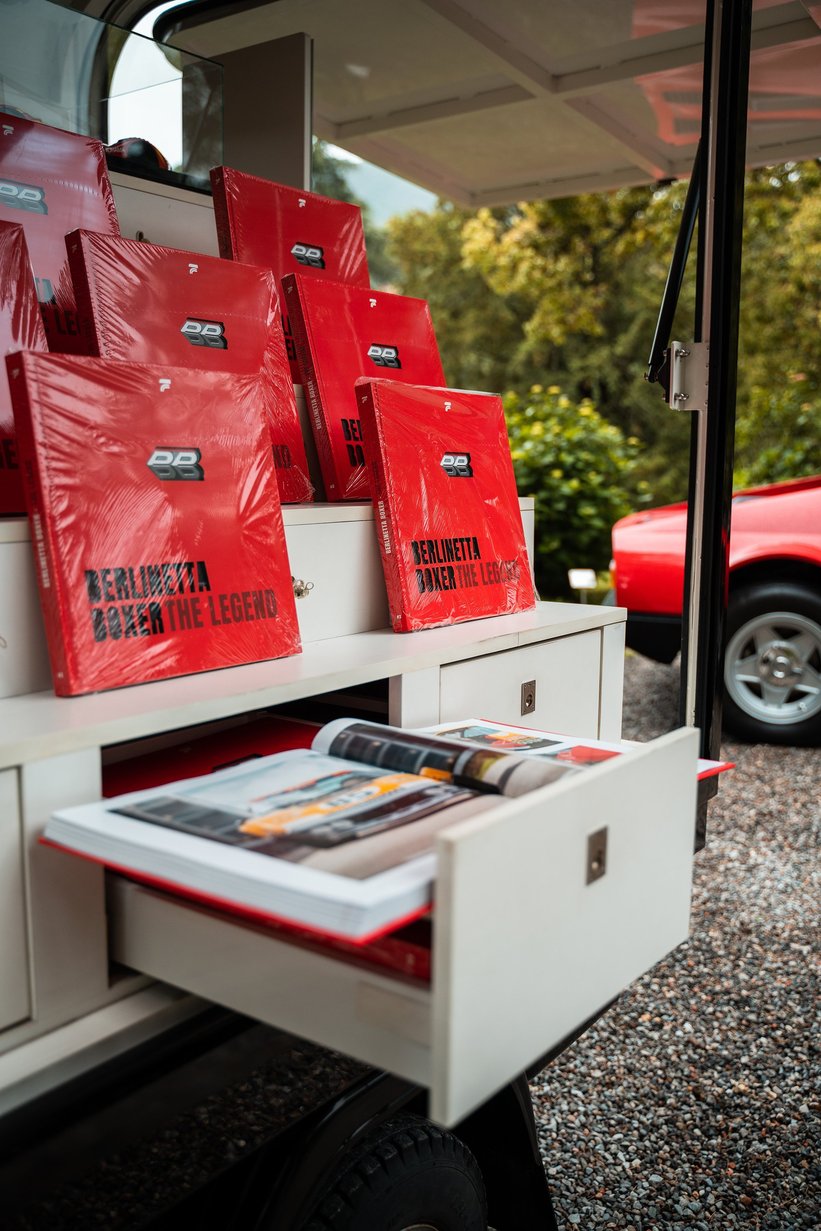
By then, however, Ferrari was under the control of Fiat – and there was no way it was going to stand back and watch Lamborghini scoop-up customers with its emissions-compliant Countach – and so the Testarossa was born. But that, as they say, is a whole other story…
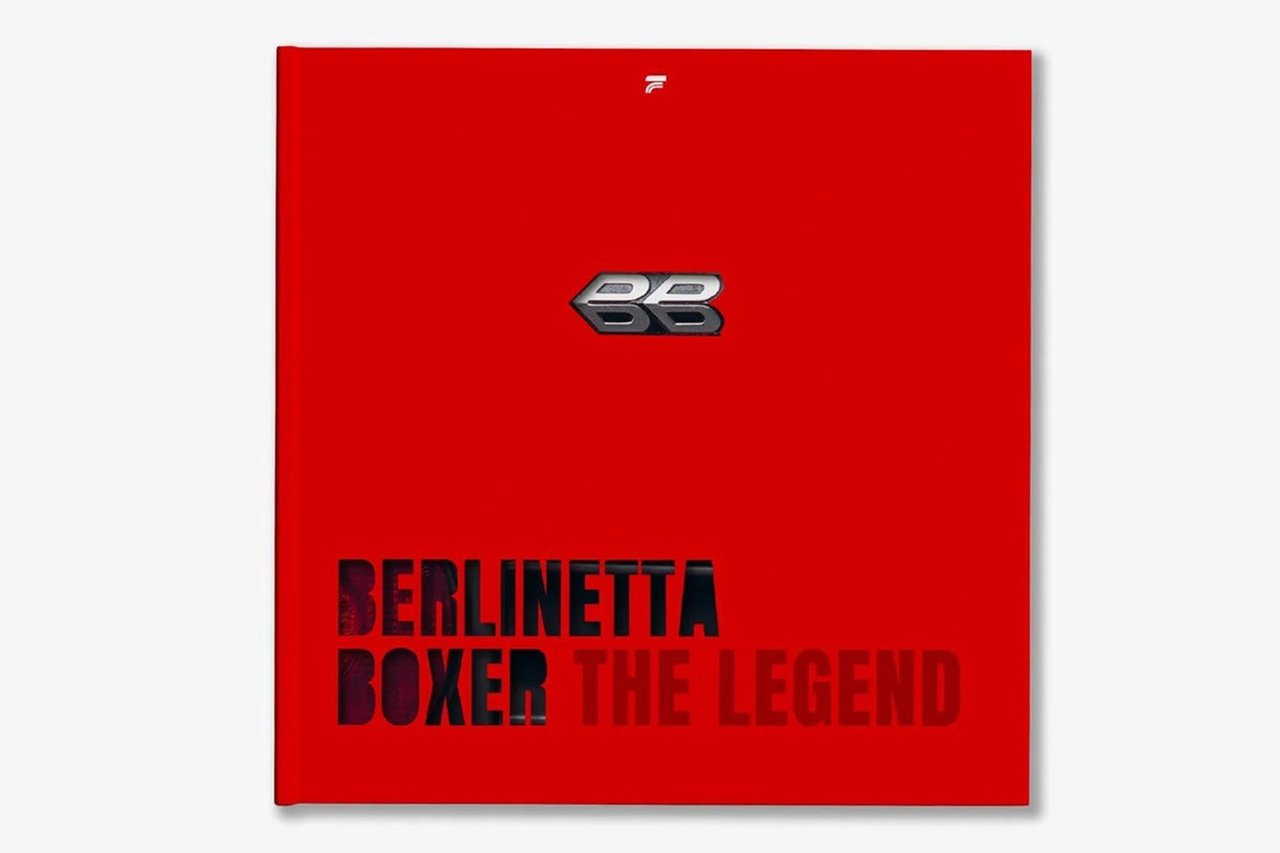
Berlinetta Boxer – The Legend
The book 'Berlinetta Boxer – The Legend’ is available to buy in the CD Shop, while the perfect Ferrari Berlinetta Boxer is waiting for you in the Classic Driver Market. We recommend to move fast as there will be a FuoriConcorso tour to celebrate the BB anniversary in the coming autumn. So, in words that any carburettor-fed BB owner will be familiar with: Stay tuned…
